#yoeme
Text
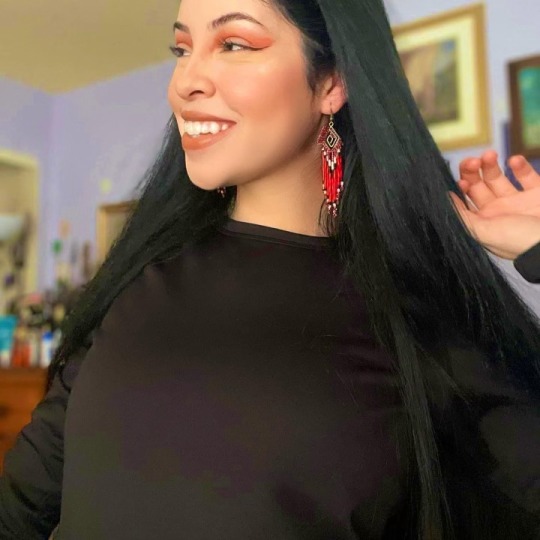

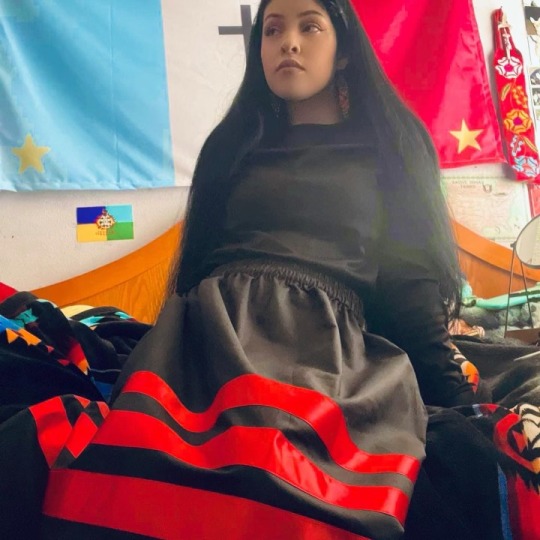

Happy International Day of Indigenous Peoples!🪶♥️
#mine#yoeme#purhepecha#representing#yaqui#purepecha#indigena#international indigenous peoples day#ribbon skirt#youtuber#vlogger#ootd#ndn#indigenous#native pride#native american#first nations#california#yaquesita#for you
87 notes
·
View notes
Text

👌👌👌
98 notes
·
View notes
Text

Making native nations ocs
Starting with Yaqui!
#native american character#native artists on tumblr#hetalia#hetalia oc#native nations ocs#native nations#character design#original character art#Yaqui#yoeme#Hiaki#mexican indigenous#ximenia draws#muna draws
7 notes
·
View notes
Text

Happy Turkey Day 🦃 🔥
#thanks taking#fuck Sarah Miller#do not trust the pilgrims#Wednesday Adams#happy thanksgiving#ohlone#yoeme#dine#Mexica#tohono o'odham#Lakota#northern california#arizona#new mexico
30 notes
·
View notes
Text
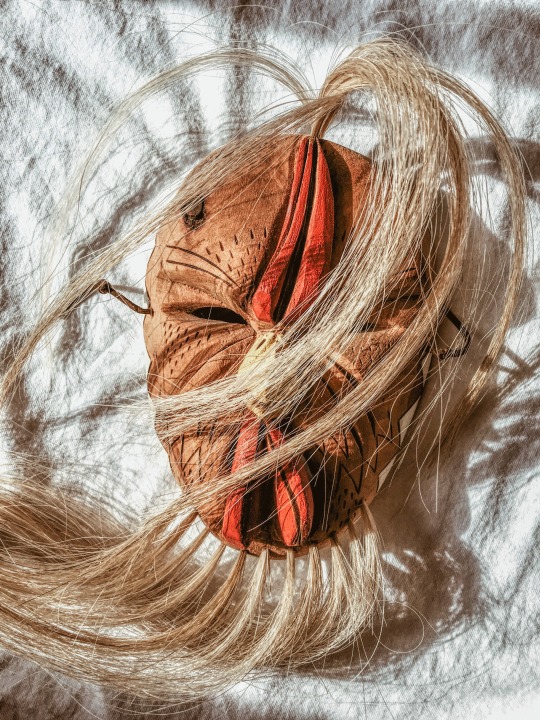


Three masks given to me by Louis David Valenzuela many years ago when my children were still small. The rooster and monkey masks have been featured in an interview and article with and about Mr. LDV in the Arizona Daily Star. I donated these masks to DeGrazia Gallery (spring 2018) where they are displayed at various times throughout the year.
11 notes
·
View notes
Text

NDN LAND
Just practicing…
#Ndn land#ndn#landback#nativemade#native art#native#indigenousmade#indigenous art#indigenous#yoeme#diné#otoe#otoe missouri#graffittiart#graffiti#graffiti mural#mural#black and white#littlechief arts#whitefeatherx#chiefpainintheass
2 notes
·
View notes
Text

“Yaqui”
Foto de Diego Huerta de lo proyecto “NATIVE NATION”
1 note
·
View note
Photo




#yoem hye ran#the glory#BAE#laaaaadies in red#suiting up#my cheerful bae#in red lipstick#this moment was everything#she is everything and i love her#you know that thing where you flail and cry at the same time?#that thing
7 notes
·
View notes
Photo

First and Second Most spoken Indigenous languages in Mexico by state
by mexidominicarican8
<div class="md"><p>60 Most spoken Indigenous languages in Mexico (ones that appear on the map are in bold)</p> <ol> <li><strong>Nahuatl</strong> (Nahuatl, Nahuat, Nahual, Macehualtlahtol, Melatahtol): 1,651,958 speakers</li> <li><strong>Yucatec Maya</strong> (Maaya t'aan): 774,755 speakers</li> <li><strong>Tzeltal Maya</strong> (K'op o winik atel): 589,144 speakers</li> <li><strong>Tzotzil Maya</strong> (Batsil k'op): 550,274 speakers</li> <li><strong>Mixtec</strong> (Tu'un sávi): 526,593 speakers</li> <li><strong>Zapotec</strong> (Diidxaza): 490,845 speakers</li> <li><strong>Otomí</strong> (Hñä hñü): 298,861 speakers</li> <li><strong>Totonac</strong> (Tachihuiin): 256,344 speakers</li> <li><strong>Ch'ol Maya</strong> (Winik): 254,715 speakers</li> <li>Mazatec (Ha shuta enima): 237,212 speakers</li> <li><strong>Huastec</strong> (Téenek): 168,729 speakers</li> <li><strong>Mazahua</strong> (Jñatho): 153,797 speakers</li> <li>Tlapanec (Me'phaa): 147,432 speakers</li> <li>Chinantec (Tsa jujmí): 144,394 speakers</li> <li><strong>Purépecha</strong> (P'urhépecha): 142,459 speakers</li> <li>Mixe (Ayüük): 139,760 speakers</li> <li><strong>Tarahumara</strong> (Rarámuri): 91,554 speakers</li> <li>Zoque: 74,018 speakers</li> <li>Tojolab'al (Tojolwinik otik): 66,953 speakers</li> <li><strong>Chontal de Tabasco</strong> (Yokot t'an): 60,563 speakers</li> <li><strong>Huichol</strong> (Wixárika): 60,263 speakers</li> <li>Amuzgo (Tzañcue): 59,884 speakers</li> <li>Chatino (Cha'cña): 52,076 speakers</li> <li><strong>Tepehuano del sur</strong> (Ódami): 44,386 speakers</li> <li><strong>Mayo</strong> (Yoreme): 38,507 speakers</li> <li>Popoluca (Zoquean) (Tuncápxe): 36,113 speakers</li> <li><strong>Cora</strong> (Naáyarite): 33,226 speakers</li> <li>Trique (Tinujéi): 29,545 speakers</li> <li><strong>Yaqui</strong> (Yoem Noki or Hiak Nokpo): 19,376 speakers</li> <li>Huave (Ikoods): 18,827 speakers</li> <li>Popoloca (Oto-manguean): 17,274 speakers</li> <li>Cuicatec (Nduudu yu): 12,961 speakers</li> <li>Pame (Xigüe): 11,924 speakers</li> <li>Mam (Qyool): 11,369 speakers</li> <li>Q'anjob'al: 10,851 speakers</li> <li><strong>Tepehuano del norte</strong>: 9,855 speakers</li> <li>Tepehua (Hamasipini): 8,884 speakers</li> <li>Chontal de Oaxaca (Slijuala sihanuk): 5,613 speakers</li> <li>Sayultec: 4,765 speakers</li> <li>Chuj: 3,516 speakers</li> <li>Acateco: 2,894 speakers</li> <li>Chichimeca jonaz (Úza): 2,364 speakers</li> <li>Ocuilteco (Tlahuica): 2,238 speakers</li> <li>Guarijío (Warihó): 2,139 speakers</li> <li>Q'eqchí (Q'eqchí): 1,599 speakers</li> <li>Matlatzinca: 1,245 speakers</li> <li>Pima Bajo (Oob No'ok): 1,245 speakers</li> <li>Chocho (Runixa ngiigua): 847 speakers</li> <li>Lacandón (Hach t'an): 771 speakers</li> <li>Seri (Cmiique iitom): 723 speakers</li> <li>Kʼicheʼ: 589 speakers (1.1 million in Guatemala)</li> <li>Kumiai (Ti'pai): 500 speakers (110 in USA) </li> <li>Jakaltek (Poptí) (Abxubal): 481speakers</li> <li>Texistepequeño: 368 speakers</li> <li>Paipai (Jaspuy pai): 231 speakers</li> <li>Pápago (O'odham): 203 speakers</li> <li>Ixcatec: 195 speakers</li> <li>Cucapá (Kuapá): 180 speakers (370 in USA)</li> <li>Kaqchikel: 169 speakers (440,000 in Guatemala)</li> <li>Mochoʼ: 126 speakers</li> </ol> </div>
106 notes
·
View notes
Text

Yaqui/Yoeme dancer, Mexico, by Alejandro Yanes
#yaqui#mexico#america#north america#folk clothing#traditional clothing#traditional fashion#cultural clothing
293 notes
·
View notes
Text

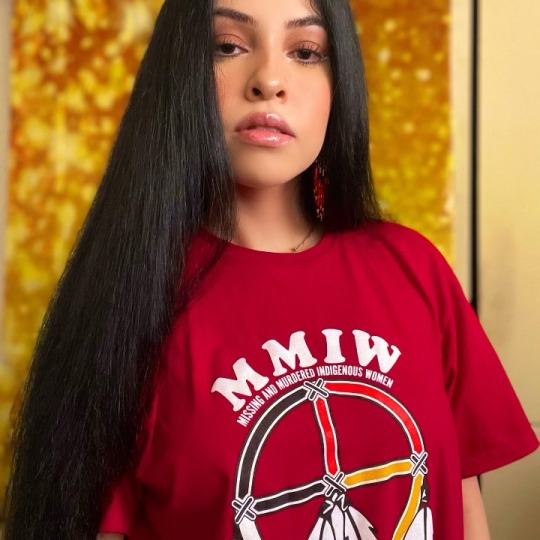
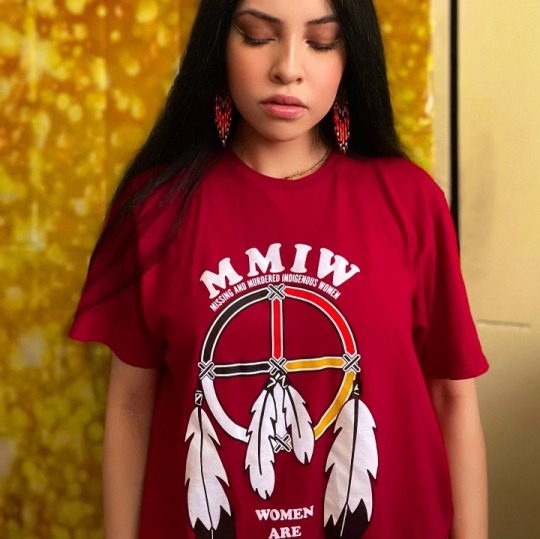

Daughter of a survivor,
I stand with my community. To honor aunties, mothers, sisters, grandmothers, cousins, daughters who have been affected or know someone who’s experienced this..
#tw#awareness#mmiw#mmiwawareness#indigenous#yoeme#purhepecha#mine#wear red#mmiwg#never forget#never forgotten#yaqui#purepecha#no more stolen sisters#ndn#native american#indigena
69 notes
·
View notes
Text
Indigenous knowledge; Chihuahuan and Sonoran desert landscapes; mining and nuclear colonialism in New Mexico; Quechua/Andean languages; epistemicide and imperialist erasure of Indigenous worlds/cosmologies through racialization of language: “translation” as extractivism. New autumn 2022 releases from University of Arizona Press.

Bountiful Deserts: Sustaining Indigenous Worlds in Northern New Spain foregrounds the knowledge of Indigenous peoples in the arid lands of northwestern Mexico, for whom the desert was anything but barren or empty. Instead, they nurtured and harvested the desert as a bountiful and sacred space. [...] [A]uthor Cynthia Radding develops the relationships between people and plants and the ways that Indigenous people sustained their worlds before European contact through the changes set in motion by Spanish encounters, highlighting the long process of colonial conflicts and adaptations over more than two centuries. This work reveals the spiritual power of deserts by weaving together the cultural practices of historical peoples and contemporary living communities, centered especially on the Yaqui/Yoeme and Mayo/Yoreme.

Contrary to previous works that suppress Nuevomexicana/o presences throughout U.S. nuclear history, Nuclear Nuevo Mexico: Colonialism and the Effects of the Nuclear Industrial Complex on Nuevomexicanos focuses on recovering the voices and stories that have been lost or ignored in the telling of this history. By recuperating these narratives, Myrriah Gómez tells a new story of New Mexico, one in which the nuclear history is not separate from the collective colonial history of Nuevo México but instead demonstrates how earlier eras of settler colonialism laid the foundation for nuclear colonialism in New Mexico.

Reading the Illegible: Indigenous Writing and the Limits of Colonial Hegemony in the Andes examines the history of alphabetic writing in early colonial Peru, deconstructing the conventional notion of literacy as a weapon of the colonizer. This book develops the concept of legibility, which allows for an in-depth analysis of coexisting Andean and non-Native media. The book discusses the stories surrounding the creation of the Huarochirí Manuscript (c. 1598–1608), the only surviving book-length text written by Indigenous people in Quechua in the early colonial period. The manuscript has been deemed “untranslatable in all the usual senses,” but scholar Laura Leon Llerena argues that it offers an important window into the meaning of legibility.

Visualizing Genocide: Indigenous Interventions in Art, Archives, and Museums, edited by Yve Chavez and Nancy Marie Mithlo, examines how creative arts and memory institutions selectively commemorate or often outright ignore stark histories of colonialism. The essays confront outdated narratives and institutional methods by investigating contemporary artistic and scholarly interventions documenting settler colonialisms including land theft, incarceration, intergenerational trauma, and genocide. Interdisciplinary approaches, including oral histories, exhibition practices, artistic critiques, archival investigations, and public arts, are among the many decolonizing methods incorporated in contemporary curatorial practices.

In Translation and Epistemicide: Racialization of Languages in the Americas author Joshua Martin Price tracks how through the centuries translation practices have enabled colonialism and resulted in epistemicide, or the destruction of Indigenous and subaltern knowledge. The book gives an account of translation-as-epistemicide in the Americas, drawing on a range of examples from the early colonial period to the War on Terror. The first chapters demonstrate four distinct operations of epistemicide: the commensuration of worlds, the epistemic marginalization of subaltern translators and the knowledge they produce, the criminalization of translators and interpreters, and translation as piracy or extractivism. The second part of the book outlines decolonial translation strategies, including an epistemic posture the author calls “bewilderment.”
-------
All text by: The University of Arizona Press. “Explore New Titles from the University of Arizona Press Fall 2022 Catalog.” Press release published online. 26 May 2022. [Italicized first paragraph/heading added by me.]
#really want the Translation as Epistemicide one#guessing epistemic bewilderment similar to concepts of refusal and opacity in Caribbean and latam lit#ecology#abolition#colonial#imperial#landscape
157 notes
·
View notes
Text

Redraw from 3 years ago!!
For those who don't know, I'm a mixed person (White/Yoeme) I grew up feelin a bit out of place in all kinds of areas gender/religion/race!! It's been a journey figuring myself but I've had beautiful communities, family, and friends to help me thru it :')) I've grown sm since I drew the first version of this. I feel so comfortable in all the spaces I used to feel out of water in.
I love myself, and I love the people in my life!!
10 notes
·
View notes
Note
62
Monica geller (Friends)
Anna (when Marnie was there)
Yoem mi jeong (My liberation notes)
Usagi (Alice in borderland)
Sophie (Howl’s moving castle)
Jung in (One Spring Night)
Rory Gilmore (Gilmore Girls)
بقالي نص ساعة بفكر :"
4 notes
·
View notes

